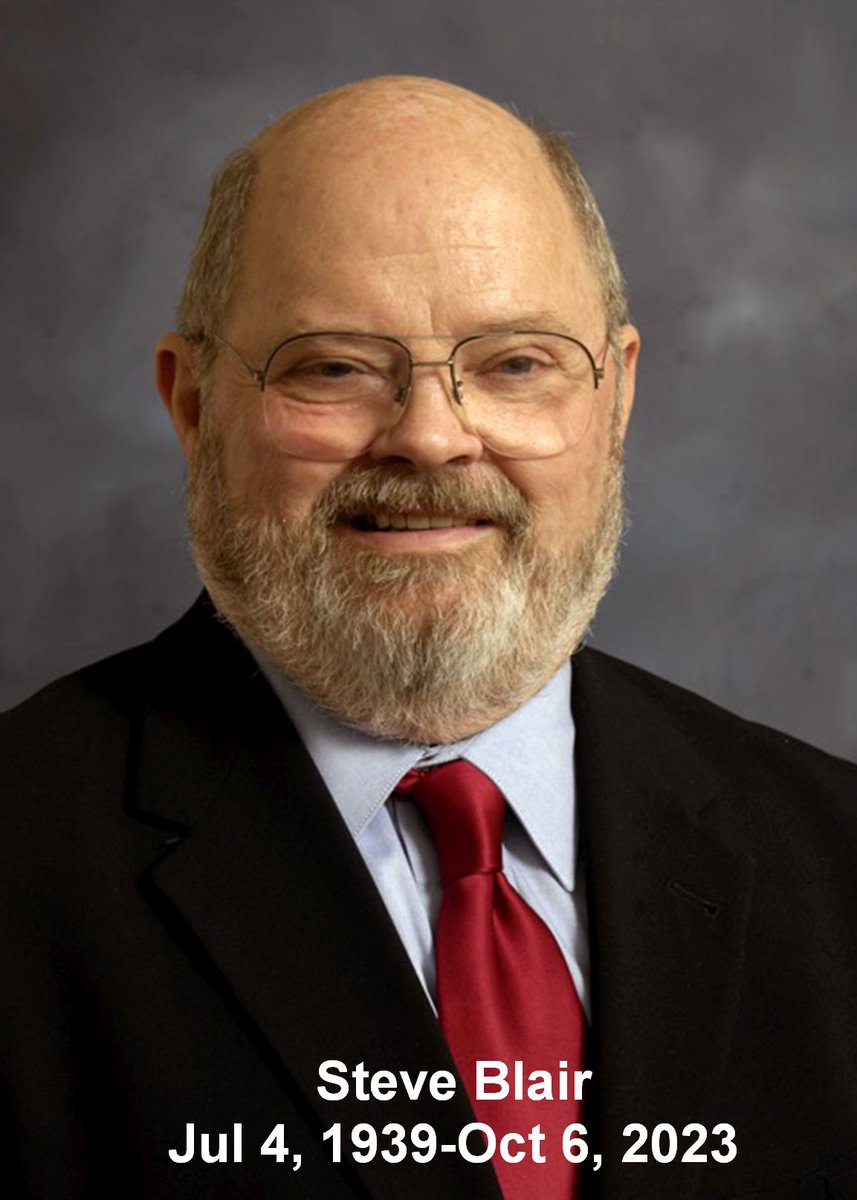Since we haven't done a critical-appraisal quiz in a while and people seem so fascinated with the finding that "High-intensity exercise [is] best for improving memory," let's do one. The person who identifies the most problems wins.
standard.co.uk/lifestyle/heal…
standard.co.uk/lifestyle/heal…
So, we have two versions of the sample-size calculations, arriving at the conclusion that either N = 61 or N = 64 provides adequate power for a THREE-group trial (i.e., roughly n = 20-21 per group). The 1st is from the original thesis, the 2nd is from the peer-reviewed paper.
Here, the argument is that the target effect size, based on Colcombe and Kramer (see next tweet), is d = 0.41. And that for 80% power and α = 0.05, the required sample size is 61. Be specific about any problems you see. 

The table from Colcombe and Kramer (2003) is here, with the seemingly relevant effect size of 0.41 highlighted. Of course, for more in-depth understanding of what these effect sizes represent, you should examine the original article here: doi.org/10.1177/174569… 

In the peer-reviewed article, the calculations are a little different (N = 64). The target effect size is presented as r² = 0.50 (note that there are formulas to convert r to d). The source of this figure (Déry et al., 2013) is here: doi.org/10.3389/fnins.…. Again, be specific! 

• • •
Missing some Tweet in this thread? You can try to
force a refresh






















